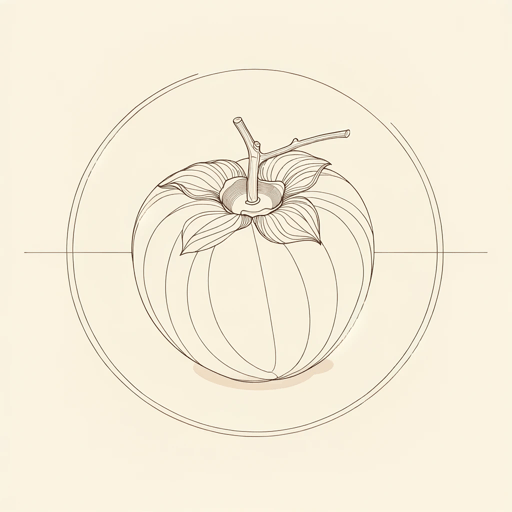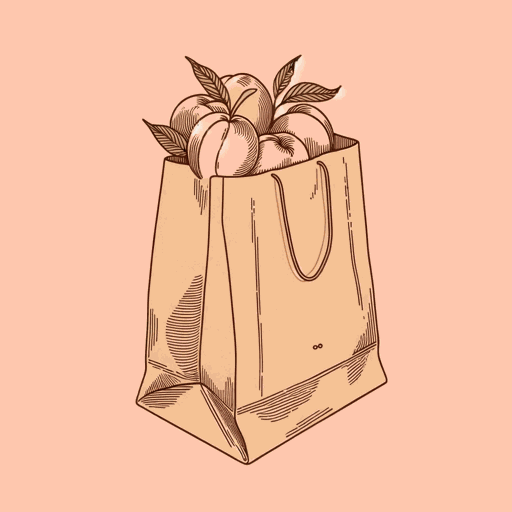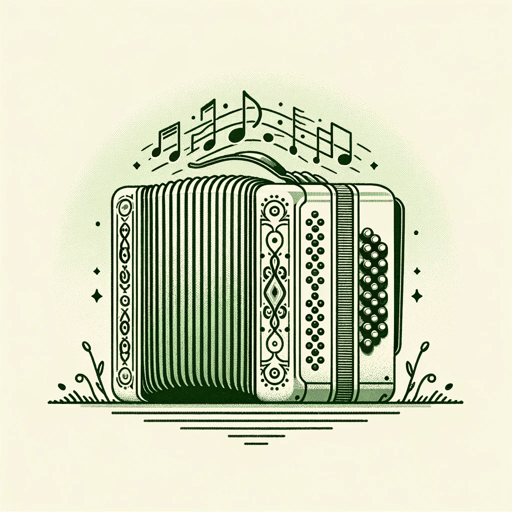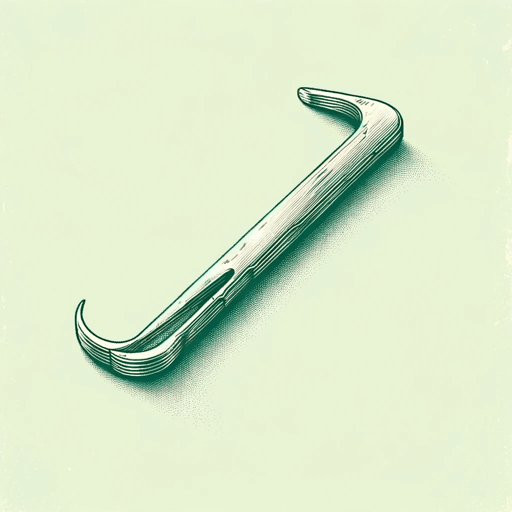21 pages • 42 minutes read
Li-Young LeePersimmons
Fiction | Poem | Adult | Published in 1986A modern alternative to SparkNotes and CliffsNotes, SuperSummary offers high-quality Study Guides with detailed chapter summaries and analysis of major themes, characters, and more.
Symbols & Motifs
The Father’s Paintings
The painting of “Two persimmons” (Line 76) that the speaker uncovers in the eleventh stanza is, along with the fruit itself, one of the poem’s most significant images. In a poem concerned with words and language, this ekphrastic departure (ekphrasis is the literary device of describing a work of visual art in a piece of writing) is deeply significant. The painting is a physical manifestation of an alternative to language. Just as words are used to refer to or conjure the idea of an object without the need of the object’s presence, the painting creates the illusion of the persimmons’ presence without actually being the fruit.
This connection between the painting and language is reinforced by the father’s use of traditional calligraphy materials such as a “wolftail” brush (Line 80) in its creation. Many classic Chinese ink paintings play with the fact that they are composed using calligraphy tools, and use strokes reminiscent of Chinese characters, blurring the lines between language and artistic representation. The father’s claim to have painted the fruit so many times he can reproduce it with his “eyes closed” and eventually even after he goes “blind” (Line 84), suggests that he did not model the persimmons in the painting on any real persimmons.
Related Titles
By Li-Young Lee
Featured Collections
Asian American & Pacific Islander...
View Collection
Books About Art
View Collection
Childhood & Youth
View Collection
Fathers
View Collection
Immigrants & Refugees
View Collection
Memory
View Collection
Short Poems
View Collection
Valentine's Day Reads: The Theme of Love
View Collection






